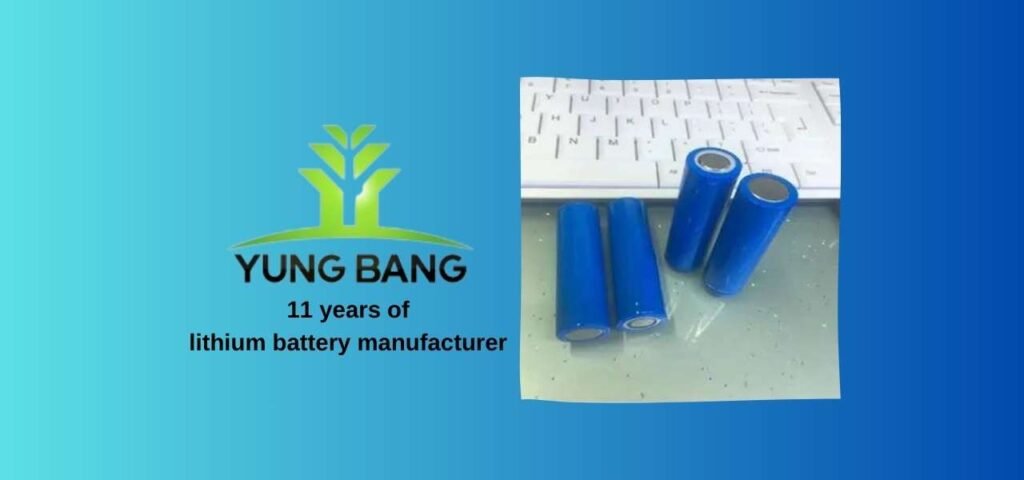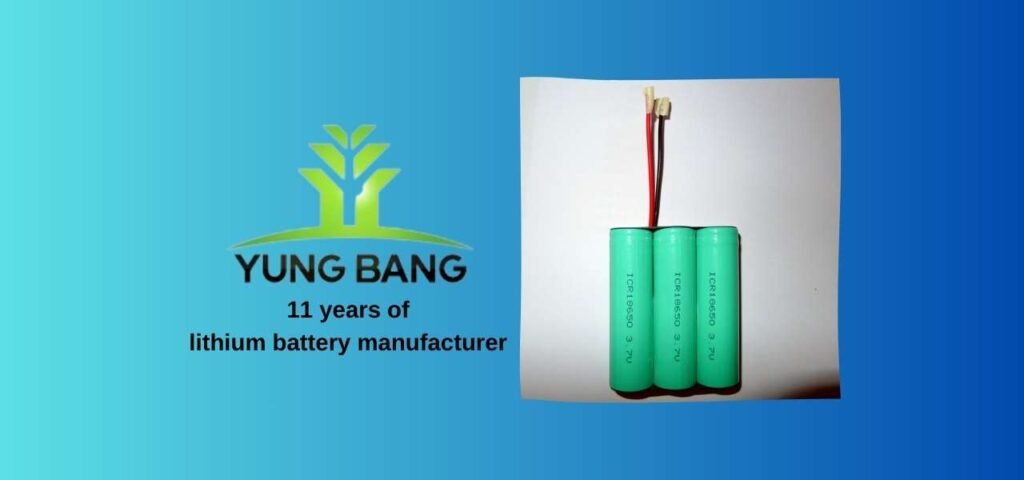1.Addressing Safety Concerns with 3.7V Rechargeable Batteries
In the realm of portable power solutions, 3.7V rechargeable batteries have become increasingly prevalent due to their convenience and versatility. However, with the widespread adoption of these batteries comes the need to address potential safety concerns associated with their use. In this comprehensive guide, we explore common safety considerations and provide insights to ensure the safe and responsible use of 3.7V rechargeable batteries.

2.Understanding 3.7V Rechargeable Batteries
Unpacking the Basics
3.7V rechargeable batteries are a type of lithium-ion or lithium-polymer battery that operates at a nominal voltage of 3.7 volts. These batteries utilize electrochemical reactions to generate electrical energy, making them suitable for powering a wide range of electronic devices.
Key Features
Nominal Voltage: 3.7 volts
Chemistry: Lithium-ion or lithium-polymer
Reusability: Rechargeable for multiple cycles
Energy Density: High, ideal for portable devices
3.Safety Concerns and Mitigation Strategies
Risk of Overcharging
One of the primary safety concerns associated with 3.7V rechargeable batteries is the risk of overcharging, which can lead to thermal runaway and potentially result in fire or explosion. To mitigate this risk, it is crucial to use chargers specifically designed for lithium-ion or lithium-polymer batteries that incorporate safety features such as overcharge protection.
Importance of Proper Storage
Improper storage of 3.7V rechargeable batteries can also pose safety risks, particularly if they come into contact with metal objects or conductive materials that can short-circuit the battery. It is essential to store batteries in a cool, dry place away from direct sunlight and to avoid storing them loose in pockets or bags where they may come into contact with metal objects.
Handling and Transportation
When handling or transporting 3.7V rechargeable batteries, it is important to exercise caution to prevent damage or short-circuiting. Avoid exposing batteries to extreme temperatures or physical impact, as this can compromise their integrity and lead to safety hazards.
Compatibility with Devices
While 3.7V rechargeable batteries are compatible with a wide range of electronic devices, it is essential to ensure that the battery voltage and capacity match the requirements of the device. Using batteries with incorrect specifications can result in malfunction or damage to the device and pose safety risks.
4.Ensuring Safe Usage Practices
Regular Inspection
Regularly inspect 3.7V rechargeable batteries for signs of damage, leakage, or swelling, which may indicate potential safety issues. If any abnormalities are detected, discontinue use of the battery immediately and dispose of it properly according to local regulations.
Proper Disposal
When disposing of 3.7V rechargeable batteries, it is crucial to follow proper disposal procedures to minimize environmental impact and ensure safety. Many local recycling centers or electronic retailers offer battery recycling programs where batteries can be safely recycled or disposed of.

5.Conclusion
In conclusion, 3.7V rechargeable batteries offer a convenient and portable power solution for a wide range of electronic devices. However, it is essential to be aware of and address potential safety concerns associated with their use. By following proper handling, storage, and disposal practices, users can enjoy the benefits of rechargeable batteries safely and responsibly.
6.FAQs (Frequently Asked Questions)
1.Are 3.7V rechargeable batteries prone to explosion or fire?
While 3.7V rechargeable batteries can pose a risk of fire or explosion if mishandled or abused, incidents are rare under normal use. Overcharging, physical damage, or manufacturing defects can increase the risk.
2.Can I use any charger to charge 3.7V rechargeable batteries?
No, it’s not recommended. Only use chargers specifically designed for 3.7V rechargeable batteries to prevent overcharging or damage.
3.How can I prevent overcharging of 3.7V rechargeable batteries?
To prevent overcharging of 3.7V rechargeable batteries, follow these steps:
Use a Compatible Charger: Ensure you use a charger specifically designed for 3.7V rechargeable batteries to prevent overcharging.
Use Smart Chargers: Consider using smart chargers that have built-in safety features like automatic shut-off or trickle charging to prevent overcharging.
Monitor Charging: Avoid leaving the battery on the charger for extended periods after it reaches full charge. Remove it promptly to prevent overcharging.
Follow Manufacturer Guidelines: Adhere to any specific charging instructions provided by the battery manufacturer to avoid overcharging.
Inspect Chargers: Regularly inspect chargers for signs of damage or malfunction that could lead to overcharging. Replace faulty chargers immediately.
By following these steps, you can effectively prevent overcharging of 3.7V rechargeable batteries, ensuring their longevity and safety.
4.Are there any specific storage requirements for 3.7V rechargeable batteries?
Yes, there are specific storage requirements for 3.7V rechargeable batteries to maintain their performance and prolong their lifespan:
Partial Charge: Store the batteries at around 50% charge if they will be unused for an extended period. This helps prevent overdischarging or overcharging during storage.
Cool, Dry Location: Store the batteries in a cool, dry place away from direct sunlight and extreme temperatures. High temperatures can accelerate battery degradation.
Avoid Extreme Temperatures: Avoid storing batteries in environments with temperatures below freezing or above 45°C (113°F), as this can degrade battery performance.
Proper Packaging: Store batteries in their original packaging or in dedicated battery cases to prevent short circuits and physical damage.
Regular Inspection: Periodically check stored batteries for signs of damage, such as swelling, leakage, or corrosion on the terminals. Dispose of any damaged batteries properly.
5.What should I do if my 3.7V rechargeable battery starts to swell or leak?
If your 3.7V rechargeable battery starts to swell or leak, it’s important to handle it carefully to minimize the risk of injury or damage. Here’s what you should do:
Stop Using the Battery: Immediately remove the battery from the device or charger it’s connected to and stop using it.
Handle with Care: Wear protective gloves and eyewear when handling the swollen or leaking battery to avoid contact with any leaked electrolyte.
Isolate the Battery: Place the battery in a non-flammable container or bag and store it in a cool, dry place away from flammable materials or heat sources.
Dispose of Properly: Dispose of the swollen or leaking battery according to local regulations for hazardous waste. Many municipalities have specific guidelines for the disposal of damaged or leaking batteries.
Clean Up: If electrolyte has leaked onto surfaces, clean them with a mild detergent and water, taking care to avoid skin contact.
Contact Authorities: If the leaking battery poses a significant safety hazard, such as emitting smoke or a foul odor, contact emergency services for assistance.
Never attempt to puncture, disassemble, or dispose of a swollen or leaking battery in regular household waste. Follow proper safety procedures and dispose of it responsibly to prevent environmental contamination and injury.

